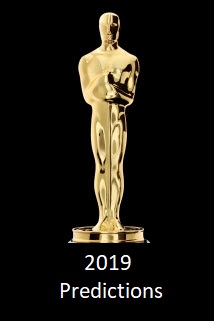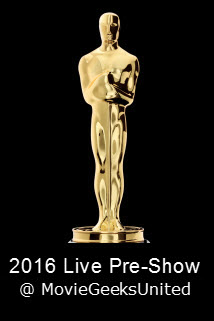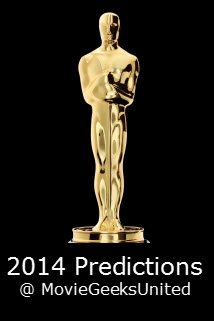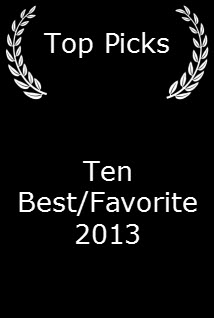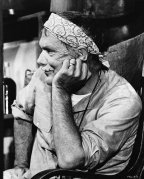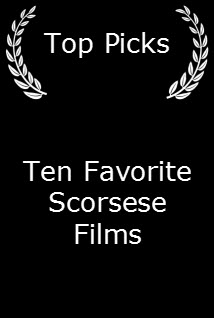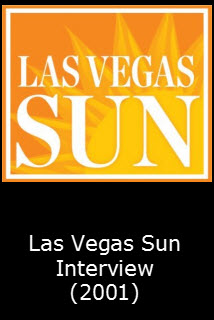The Revenant (2015)


Content by Tony Macklin. Originally published on December 23, 2015 @ tonymacklin.net.
The Revenant is cinema as ordeal.
It's 2 hours and 36 minutes of unadulterated cruelty. It's a punishing combination of fierce nature and man's inhumanity to man.
The Revenant begins with the most ferocious, savage starting sequence of the year. It's brutal and evocative. The potent sequence sets a pattern for the rest of the film. But it becomes redundant.
When the hero Hugh Glass (Leonardo DiCaprio) and villain John Fitzgerald (Tom Hardy) finally meet up, it is almost laughable. The clever trick in the encounter is almost lost in a swirl of slicing and chopping. At the end, violence has become shtick.
People have always complained about new ways of showing violence. Sam Peckinpah's The Wild Bunch (1969), with its slow-motion violence, was met with cries of dismay. But it proved to be artistry.
Alejandro G. Inarritu, director of The Revenant, is no Peckinpah. His violence loses its potency, doesn't gain. In all of the wild cutting, Inarritu and editor Stephen Mirrione (who won an Oscar for editing Traffic, 2000) avoid saying, "cut."
The Revenant, using the novelization by Michael Punke, is the story of Hugh Glass, an actual frontiersman and his exploits. Glass has a tragic experience that becomes an overpowering source of will and strength, as he seeks survival and then vengeance.
The Revenant will be a contender in Oscar categories. Leonardo DiCaprio, at this point, probably is favored to be awarded Best Actor.
DiCaprio spends an inordinate amount of time crawling in The Revenant. As an actor, DiCaprio has made crawling his forte. He crawled in the best scene in The Wolf of Wall Street (2014). He must have put "crawling" in future contracts. If he ever leaves the film business, he can always carry a placard, "will crawl for food."
In The Revenant, DiCaprio seems to be gasping and trying to crawl to an Oscar. He floated in Titantic (1997), flew in The Aviator (2004), snorted in The Wolf of Wall Street, and now he crawls in The Revenant. He knows that, in Hollywood, crawling is often rewarded.
The film ends with an Oscar-promo shot of Leonardo staring into the camera, "Mr. DeMille, I'm ready for my close-up."
Tom Hardy is effective, as always, as the pragmatic, amoral Fitzgerald. But the actor who most surprises is Domhnall Gleeson as the leader of the hunting exposition. He's got a presence that he hasn't shown before. Remarkably, Gleeson has appeared in four very successful movies this year: Ex Machina, Brooklyn, The Revenant, and even Star Wars: The Force Awakens.
But the participant who is most Oscar-worthy is cinematographer Emmanuel Lubezki. I thought Roger Deakins would be the favorite for Sicario, but Lubezki's is even more impressive. But Lubezki probably won't - and shouldn't - win, since he won Oscars the last two years for his cinematography for Gravity (2013) and Birdman (2014). His photography is exquisite, with clarity and wonder.
From his early shots of gurgling rushing water, to treetops blowing in the wind against the sky, to sparks of fire rising in the dark, Lubezki captures the marvelous beauty of nature. And he is creative, such as when Glass fogs the lens with his breathing when he is lying with his son.
Lubezki could find beauty in a car wreck.
He finds wonder in this wreck of a movie.
